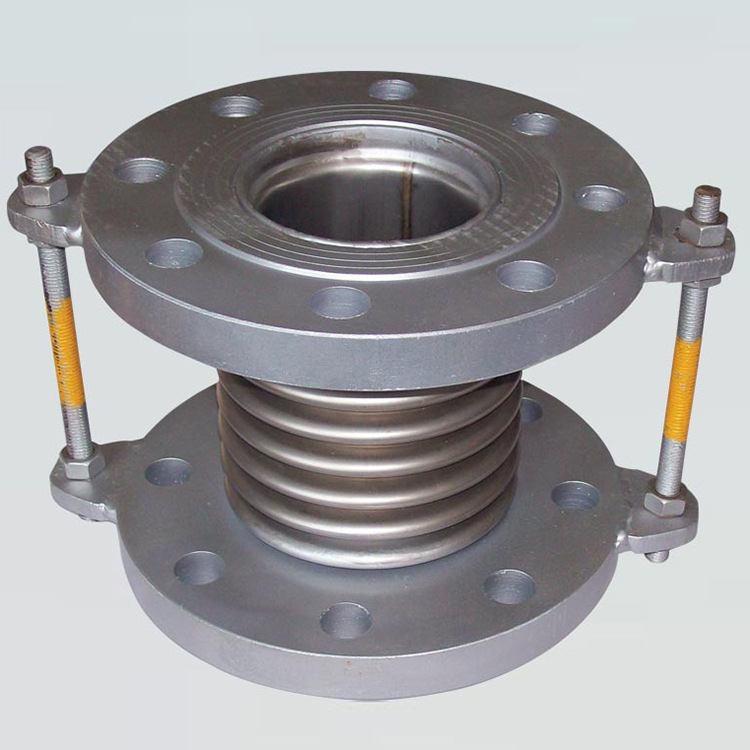hydraulic pipe fittings
Understanding Hydraulic Pipe Fittings An Essential Component in Fluid Power Systems
Hydraulic systems are integral to a vast range of industries, from construction machinery and automotive applications to manufacturing equipment and aerospace systems. At the heart of these systems lies a crucial component hydraulic pipe fittings. These fittings are essential for connecting pipes, hoses, and tubes within hydraulic circuits, ensuring the efficient transfer of fluids under pressure. This article will delve into the significance of hydraulic pipe fittings, their types, applications, and maintenance practices.
The Importance of Hydraulic Pipe Fittings
Hydraulic pipe fittings are designed to handle high-pressure fluids and are built to maintain the integrity of the hydraulic system. They play a pivotal role in controlling the flow of hydraulic fluid, enabling the system to perform optimally. The correct fittings prevent leaks, minimize resistance, and ensure safety by containing fluid within a closed system. Any failure in these components can lead to substantial fluid loss, system malfunction, or even catastrophic accidents.
Types of Hydraulic Pipe Fittings
1. Compression Fittings These fittings use a compression mechanism to create a tight seal around the pipe or hose. They are easy to install and are widely used in a variety of applications, particularly in smaller hydraulic systems.
2. Flared Fittings Flares are created by bending the end of a pipe outward, forming a conical shape that allows for a secure connection. These fittings are particularly useful in high-pressure applications due to their strong sealing capabilities.
3. Threaded Fittings Featuring male and female threads, these fittings provide a reliable connection by screwing together. Both NPT (National Pipe Tapered) and BSP (British Standard Pipe) threads are commonly used in hydraulic systems.
4. Welded Fittings These involve permanently joining two components through welding, providing a very durable and leak-proof connection. Welded fittings are frequently found in permanent installations where flexibility is not a requirement.
5. Quick Couplers These fittings allow for fast and easy connections and disconnections, making them ideal for equipment that needs frequent changes in hydraulic lines.
6. Banjo Fittings These fittings have a hole through the middle, allowing the passage of fluid while connecting two components. They are often used in applications where space is limited.
hydraulic pipe fittings

Applications of Hydraulic Pipe Fittings
The applications of hydraulic pipe fittings are diverse, spanning various industries
- Construction Hydraulic pipe fittings are crucial in excavators, bulldozers, and other heavy machinery that rely on hydraulic power for operation. - Automotive In vehicles, these fittings are used in hydraulic brake systems, power steering, and hydraulic lifts. - Manufacturing Many manufacturing processes utilize hydraulic systems for machinery, which depend on reliable fittings to maintain efficient operation. - Aerospace Hydraulic systems in aircraft require high-quality fittings to ensure safety and performance during flight.
Maintenance and Best Practices
To ensure the longevity and effectiveness of hydraulic pipe fittings, regular maintenance is essential. Here are some best practices
1. Routine Inspections Regularly check fittings for any signs of wear, corrosion, or leakage. Early detection can prevent bigger issues down the line.
2. Proper Installation Ensure that all fittings are installed according to manufacturer specifications to avoid damage or leaks.
3. Use the Right Tools When tightening or adjusting fittings, use the appropriate tools to avoid over-tightening, which can damage the fittings.
4. Fluid Compatibility Use hydraulic fluids that are compatible with the materials of the fittings to prevent degradation.
5. Training Operators and maintenance personnel should be trained in the proper handling and maintenance of hydraulic systems and fittings.
In conclusion, hydraulic pipe fittings are indispensable in the functionality and safety of hydraulic systems. Understanding their types, applications, and maintenance practices can lead to enhanced performance and longevity of hydraulic circuits, benefiting many industries reliant on fluid power technology.
-
Breakthrough in Domestic Low Temperature Valve Technology in ChinaNewsAug.18,2025
-
From Machinery to Intelligent Brain: The Digital Transformation Wave of the Valve IndustryNewsAug.18,2025
-
PCVEXPO 2025NewsAug.18,2025
-
The Key to Fluid Control: Exploring the Advantages of Ball Valves in Industrial SystemsNewsJul.09,2025
-
The Versatile World of 1, 2, and 3 Piece Ball ValvesNewsJul.09,2025
-
Stainless Steel Ball Valves: The Ideal Choice for Efficient Flow ControlNewsJul.09,2025
-
Optimizing Fluid Control with Ball Float ValvesNewsJul.09,2025




